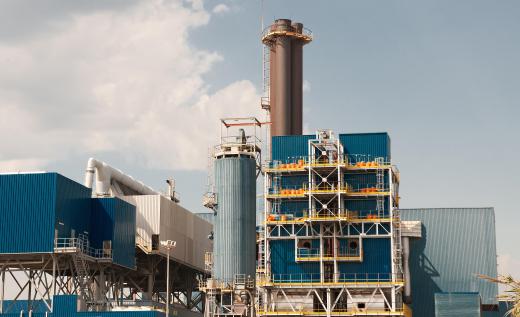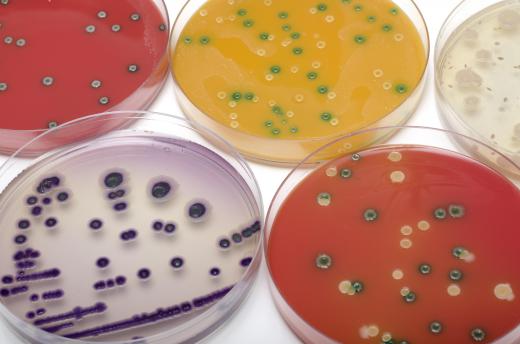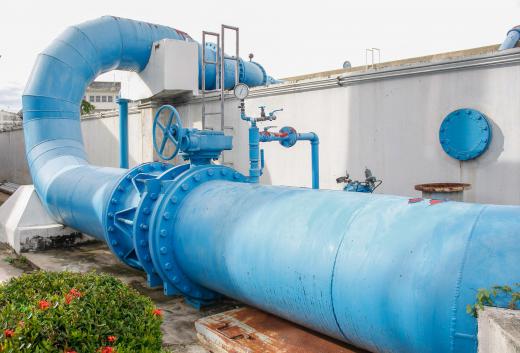What is Anaerobic Wastewater Treatment?
Anaerobic wastewater treatment uses biological agents in an oxygen-free environment to remove impurities from wastewater. After undergoing such a treatment, water can be safely released back into the environment. The biological agents used in the process are microorganisms that consume or break down biodegradable materials in sludge, or the solid portion of wastewater following its filtration from polluted water.
Anaerobic wastewater treatment is also known as anaerobic digestion due to the action of the microorganisms. That is, they are essentially "digesting" the polluted parts of the water. An excellent way to decrease the amount of organic matter leftover in things such as sewage and leftover food, anaerobic digestion is typically a component of any biological wastewater treatment system.

Usually, the anaerobic process takes place in sealed tanks, located either above or below the ground. During the initial stages of the sludge breakdown, the microorganisms, which are mostly bacteria, convert the waste into organic acids, ammonia, hydrogen and carbon dioxide. In the final stages of anaerobic wastewater treatment, the remains of the sludge are converted, by a single-celled microorganism known as a methanogen, into a biogas consisting of methane and carbon dioxide.

An additional benefit of anaerobic wastewater treatment is its reduction of gas emissions. The biogas that results from the anaerobic wastewater treatment may actually be harnessed and used as an alternative power source for cooking, lighting, heating and engine fuel. In other words, by capturing and utilizing the methane and carbon dioxide produced by anaerobic digestion, the biogas is not released into the atmosphere.

Many in the scientific community believe that high concentrations of methane and carbon dioxide, also known as greenhouse gases, in Earth's atmosphere, contribute to the process of global warming. This theory, known as the greenhouse effect, postulates that these gases trap heat from the sun in the atmosphere, thereby increasing global temperature. While the theory has led to some controversy, using biogas as an alternative to fossil fuels has some practical applications.
In developing countries, government-funded programs are available to help power single homes and farms with the biogas produced by on-site anaerobic digestion. The United Nations also offers funding to anaerobic digestion programs in the developing world, provided proof of reduced gas emissions is available.
In the United States, anaerobic wastewater treatment is usually part of a municipal wastewater treatment plant. Still, anaerobic digestion is also used by single-family homes in areas not connected to a municipal system and by businesses with on-site wastewater treatment facilities.
AS FEATURED ON:
AS FEATURED ON:













Discussion Comments
I have a couple of questions. How many waste water treatment facilities use either the anaerobic or the aerobic methods of disposing of waste in the water to make it consumable by humans? Which method is usually used by urban water districts?
The anaerobic method of wastewater treatment is a well thought out and efficient method. It seems so simple. The microorganisms (bacteria)do most of the work - digesting the left-over polluted parts of the water. Apparently, these microorganisms can survive without oxygen.
Another good part of the whole thing is that the waste material is converted into organic acids and then into a biogas, which can be used as a source of energy for cooking, lighting and heating. This way none of the biogas is released into the air.
This certainly is the right way to go!
Post your comments